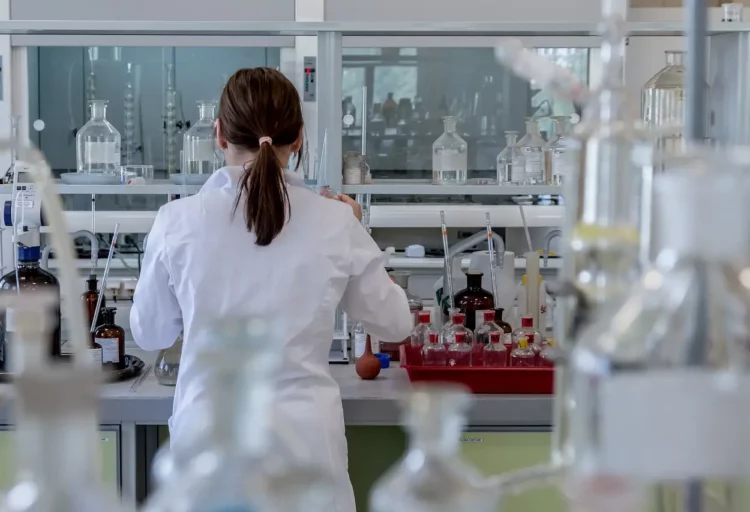Per- and polyfluoroalkyl substances, commonly known as PFAS, have become a significant environmental and health issue worldwide. Due to their persistence in the environment and potential toxicity, governments and international organizations have implemented strict regulations to control their presence in our direct environment. This article reviews the current regulations, acceptable thresholds for PFAS, and the future actions needed to protect public health.
Ensuring Safe Water: The #1 Priority
Ingesting PFAS through drinking water remains one of the primary pathways of contamination. Groundwater, rivers, and streams, which supply most of our drinking water, are under close scrutiny.
- United States: In April 2024, the U.S. Environmental Protection Agency (EPA) announced regulations to limit six types of PFAS in drinking water to levels below 4 ng/L. The proposed safety levels include PFOA and PFOS at 4 ng/L, among the strictest in the world.
- European Union: The EU’s revised Drinking Water Directive (2020) sets a maximum threshold of 100 ng/L for the sum of the most concerning PFAS and a combined threshold of 500 ng/L for the sum of all detected PFAS.
- Switzerland: Since 2017, the OPBD (Ordinance on Drinking Water and Public Bathing and Showering Facilities) requires a maximum sum of 1,100 ng/L for the following three PFAS: PFHxS (300 ng/L), PFOS (300 ng/L), and PFOA (500 ng/L).
- Australia: Australia recommends limits of 70 ng/L for PFOS and PFHxS and 560 ng/L for PFOA in drinking water.
Notably, there are significant differences between countries. The U.S., typically known for environmental regulatory skepticism, now leads the regulatory fight, driven by increasing lawsuits. While the EU closely follows, many countries remain more cautious, or even silent on the issue. The UK, in particular, has been criticized for its lack of action on PFAS, fueling public controversy.
Securing the Food Chain…
Soils are a major entry point for pollutants, including PFAS, into the food chain. PFAS enter the soil through various means: industrial spills, biosolids used as fertilizers, atmospheric deposition, leachate from landfills, and firefighting foam spills at training sites. PFAS can be absorbed by plants, contaminating vegetables and animals that we consume.
- European Union: PFAS are classified as priority substances by the EU (REACH Regulation), with proposed specific threshold values for contaminated soils ranging from 0.1 to 1 µg/kg depending on soil type and use (agricultural, residential, industrial). However, no enforceable regulation is currently in place at the national level.
- United States: In the U.S., several states have set specific limits for PFAS in soils, generally ranging from 0.01 to 2,500 mg/kg, depending on the type of PFAS and the land use.

…And Ensuring PFAS-Free Food
PFAS can contaminate our food through water or soil and food packaging. Since food ingestion is the second most significant pathway of PFAS exposure, it is surprising that there are so few regulations controlling PFAS in food.
In September 2020, the European Food Safety Authority (EFSA) set a tolerable weekly intake (TWI) of 4.4 ng/kg body weight for combined exposure to PFOA, PFOS, PFNA, and PFHxS in food.
Japan recently established a TWI of over 560 ng/kg body weight, setting an individual daily limit of 20 ng/kg for each of the four substances.
These regulations are among the few currently in place worldwide concerning PFAS in food. It is noteworthy that in the U.S., the Food and Drug Administration (FDA) monitors PFAS levels in food, but no specific federal regulatory thresholds have been established as of the writing of this article. Recommendations are, however, under development.
Challenges and Future Perspectives
Future regulations may focus on setting acceptable thresholds for PFAS in the air we breathe. Several initiatives are already underway in Europe and the U.S. to limit air emissions from industrial facilities.
However, PFAS are a class of over 4,700 substances, making their regulation complex. Different regional and national approaches highlight the growing need for harmonized thresholds and regulatory enforcement. Recent advances in PFAS detection and treatment technologies offer promising prospects for improving long-term management of these substances.
International efforts must focus not only on strengthening current regulations but also on promoting research and developing PFAS alternatives in industrial processes.
Want to know if you’re contaminated by PFAS? Check out our dedicated section, where you’ll find various solutions to assess your exposure level. And stay connected with our blog, infopfas.com!
Sources:
- US EPA sets historic new restrictions on toxic PFAS in drinking water, The Lancet
- Per- and Polyfluoroalkyl Substances (PFAS) Final PFAS National Primary Drinking Water Regulation, EPA
- DIRECTIVE (UE) 2020/2184 DU PARLEMENT EUROPÉEN ET DU CONSEIL du 16 décembre 2020 relative à la qualité des eaux destinées à la consommation humaine, Journal Officiel de l’UE
- FICHE D’INFORMATION – PFAS dans l’eau potable, Office de la consommation Qualité et distribution de l’eau
- Australian PFAS guidelines for drinking water criticised as US, EU take significant steps on ‘forever chemicals’, ABC news
- PFAS and Forever Chemicals, DWI
- Understanding REACH, ECHA
- PFAS Update: State Soil Concentration Regulations, July 2023, BCLP
- PFAS dans les aliments : l’EFSA évalue les risques et définit un apport tolérable, EFSA
- Japan sets draft limits for PFAS in food, EHN



